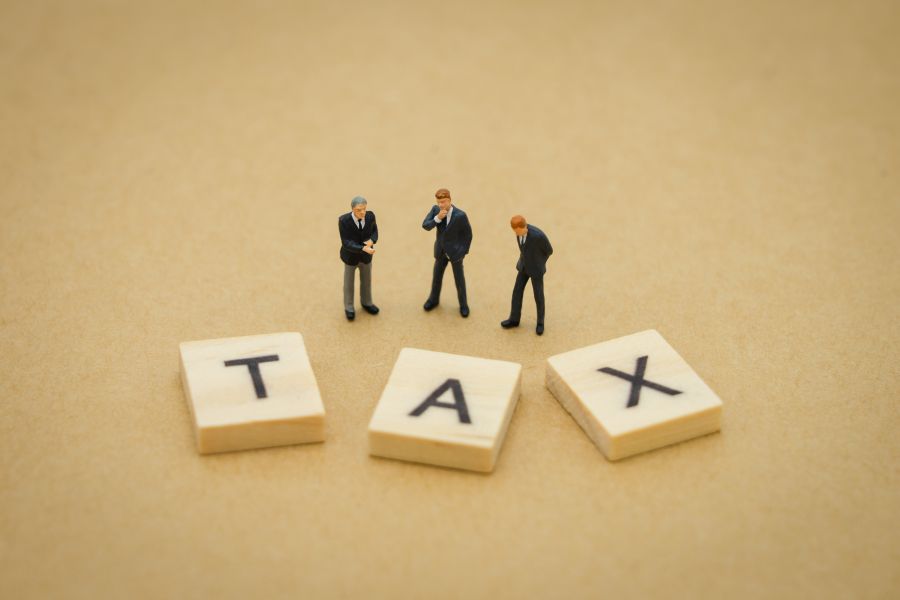Previously, buy-to-let landlords who sat in the higher-rate or additional-rate tax bands were hit with higher tax bills. Those who were nearing the limit of the basic-rate tax band also ended up paying more tax.
What’s changed?
It used to be that, as a buy-to-let landlord, you were allowed to deduct the full amount of allowable expenses (mortgage interest payments often being the biggest) from your profits. You effectively only paid tax on the rental profits.
Allowable expenses for buy-to-let landlords include:
- Mortgage interest relating to the property
- Most repair costs to property
- Interest on loans to buy furnishings
- Fees incurred when taking out or paying back mortgages and loans.
The government decided to change this so you can now only be able to claim basic-rate tax relief (currently 20%) on your buy-to-let expenses. This move was staggered over four years (from 2016/17 to 2020/21). If you'd like more information please check out our ultimate guide on UK tax rates, tax thresholds, tax bands and allowances.
{{tax-guide}}
Does it affect all landlords?
Landlords in the basic-rate tax band won’t see their tax bills on buy-to-let properties increase. However, the reduction in tax relief could push you into the higher-rate tax band, resulting in a higher tax bill. For a detailed example of how to complete a tax return as a landlord and the information you need to include, check out this guide.
The new rules also only apply to buy-to-let landlords. If you rent out commercial property or have furnished holiday lettings, you won’t be affected by the changes.
When did the new rules come into effect?
The changes were established in April 2017, but they'll be gradually rolled out over the next four years, as follows:
- In the 2017/18 tax year, tax relief was split so that you could claim 75% of allowable expenses, and receive relief at the basic-rate (20%) on the remaining 25%;
- In 2018/19, this was changed to a 50/50 split between the two;
- In 2019/20 you will only be able to claim 25% of allowable expenses and will receive 75% of the 20% tax relief on expenses;
- In 2020/21, the switch will be complete, with the only tax relief being the basic-rate of 20% on your allowable expenses.
Example scenarios
Katie is a higher-rate taxpayer. She has a buy-to-let property that generates £25,000 in rental income over the tax year. Her allowable expenses (mortgage interest etc.) for this period total £15,000.
Before the changes, Katie only paid tax on the profit, which stood at £10,000 (the income of £25,000 minus expenses of £15,000). Being a higher-rate taxpayer, the tax due was 40% of this figure, which is £4,000.
Assuming the income and costs remain the same in the 2020/21 tax year, Katie will have to pay 40% tax on the total income of £25,000, which comes to £10,000. The only reduction on this is basic-rate tax relief (20%) on the expenses of £15,000, which comes to £3,000.
The resulting tax bill is £8,000, which is a 100% increase on what she would paid before the changes.
Would I be better off setting up a limited company?
Without knowing your individual circumstances, we can't advise on whether a limited company structure is best for you. However, if you have more than one property and you don’t need to regularly withdraw the profits generated, it could well be more tax-efficient to run them through a limited company.
For more advice, get in touch with us today.

.svg)



.webp)








.avif)





